
Traditional Japanese Male Kimono Traditional Japanese Male Kimono Men's Robe Yukata 100 Cotton
The term "kimono" is often used interchangeably for any type of garment that resembles a robe or wrap-around skirt. However, there is an important distinction between a kimono specifically meant for men (otokoginu) and one intended for women (onnaginu). A kimono specifically designed for men is called an otokoginu.
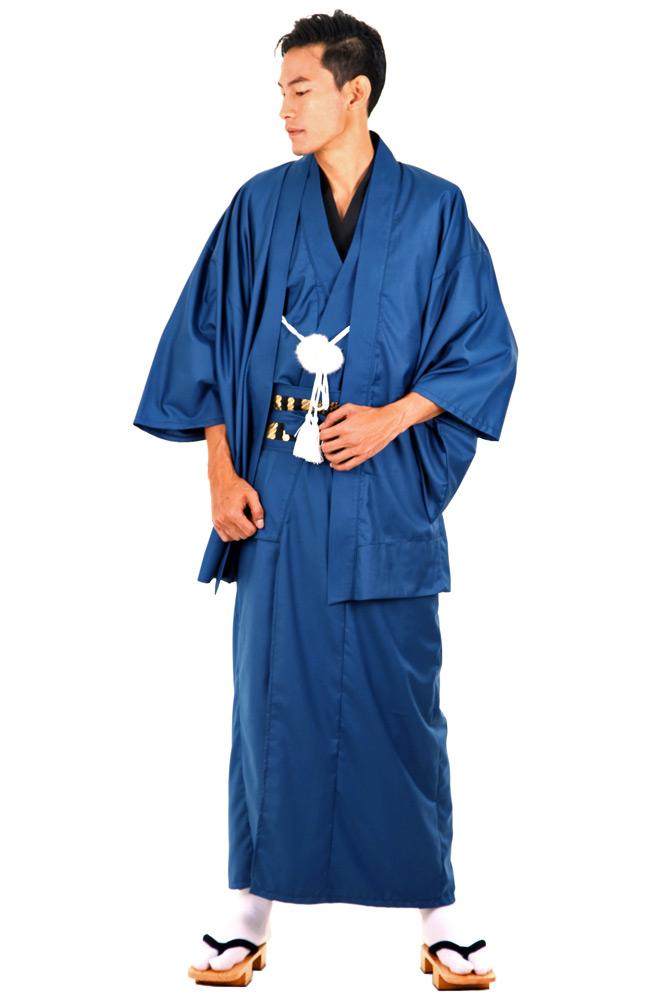
Classic Men S Kimono Mens Kimono Kimono Online
The answer is the hakama. This is a type of traditional Japanese clothing which consists of a skirt-like garment worn over a kimono. The hakama is typically associated with samurai warriors and martial arts practitioners. However, it is also worn by men for formal occasions such as weddings, funerals, and graduations.
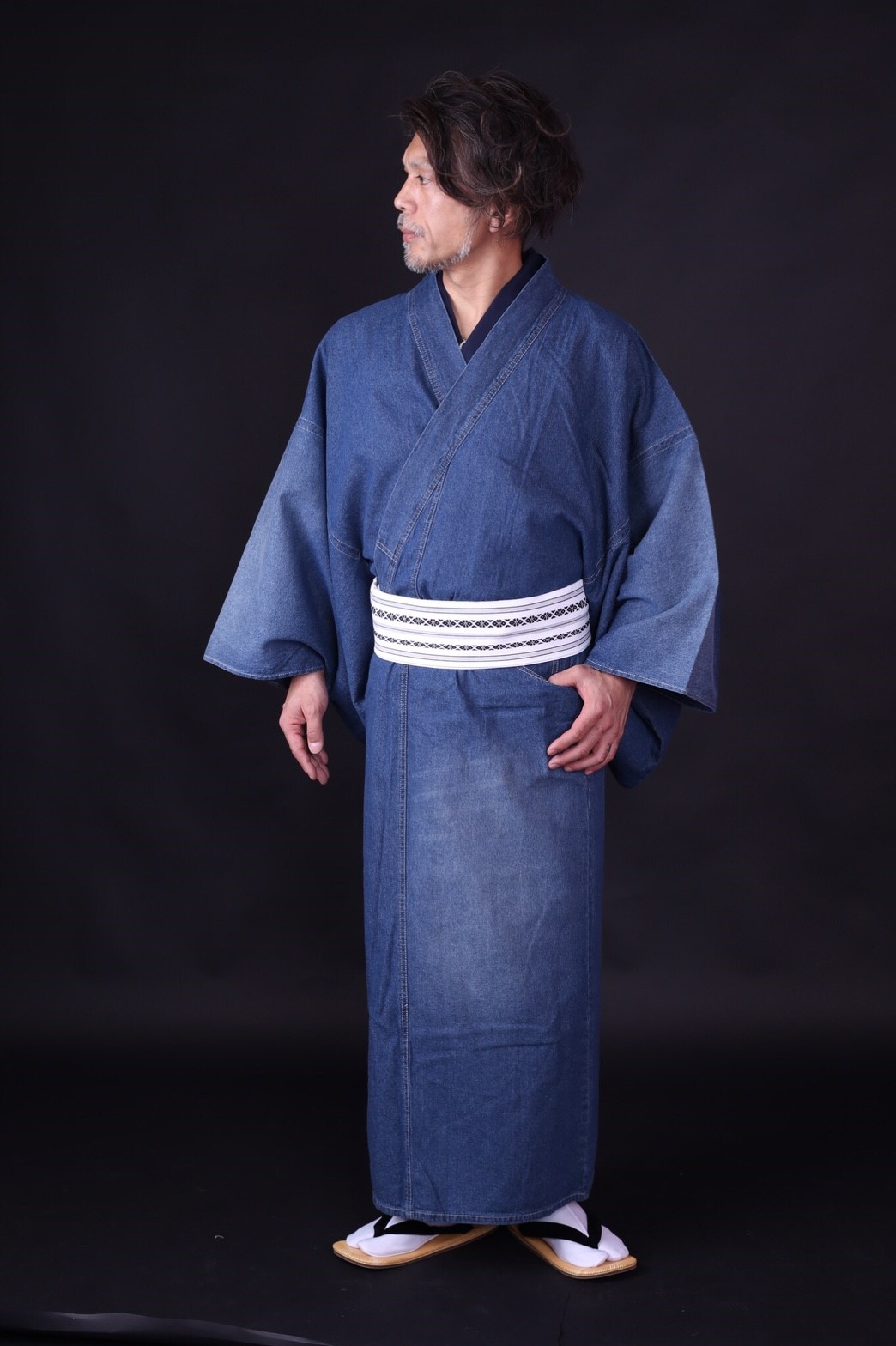
Mens Denim kimono Faded style Old Kyoto
Kimono literally means "something that is worn", and there are many Japanese Kimono types for different occasions. The basis of the kimono is, of course, the kimono robe itself. There are various kimono styles, patterns, and colors to match the seasons. However, there is also a stark difference in Japanese kimono types.

Traditional Kimono, Traditional Fashion, Traditional Dresses, Traditional Japanese Clothing Male
Men kimono is a generic word like clothing. There are many different types of kimono for men. In the west, the Japanese men kimono is also called "Kimono Robe Men" or "men's Japanese kimono robe". When compared with the gara/pattern of women kimonos, Men's kimonos are as varied and colorful as their wearers.
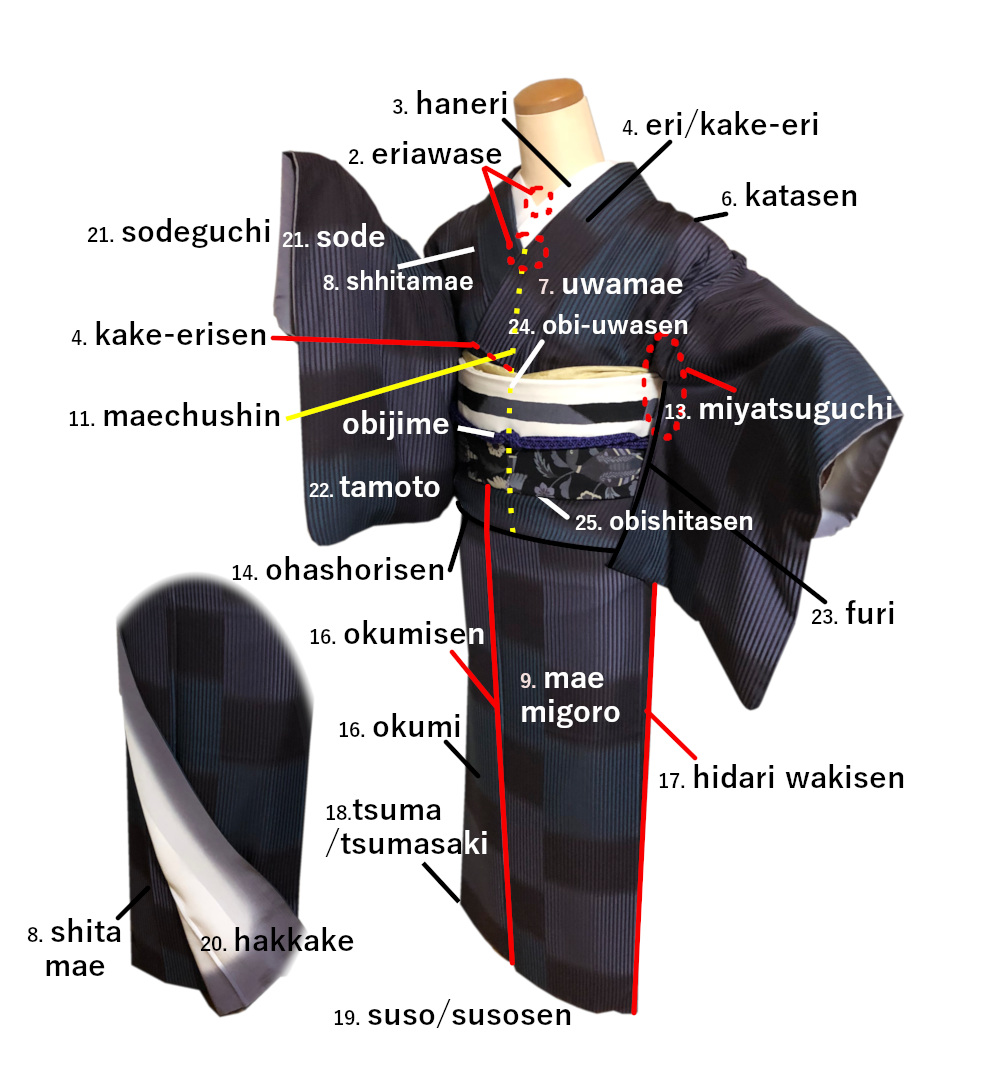
Parts of kimono and obi maikichikimono
Men's Kimono | Male Kimono | Japanese Clothing END OF THE YEAR SALES! UP TO 60% OFF + EXTRA -10% WITH CODE "WINTER10" Japanese Clothing » Men's Kimono Men's Kimono Showing 1-24 of 173 results 1 2 3 4. 6 7 8 → -26% Men's Short Kimono Jacket $ 52.99 $ 38.95 -37% Wolf Yin Yang Kimono $ 58.99 $ 36.95 -29% Kimono Designs Men $ 62.99 $ 44.95 -37%
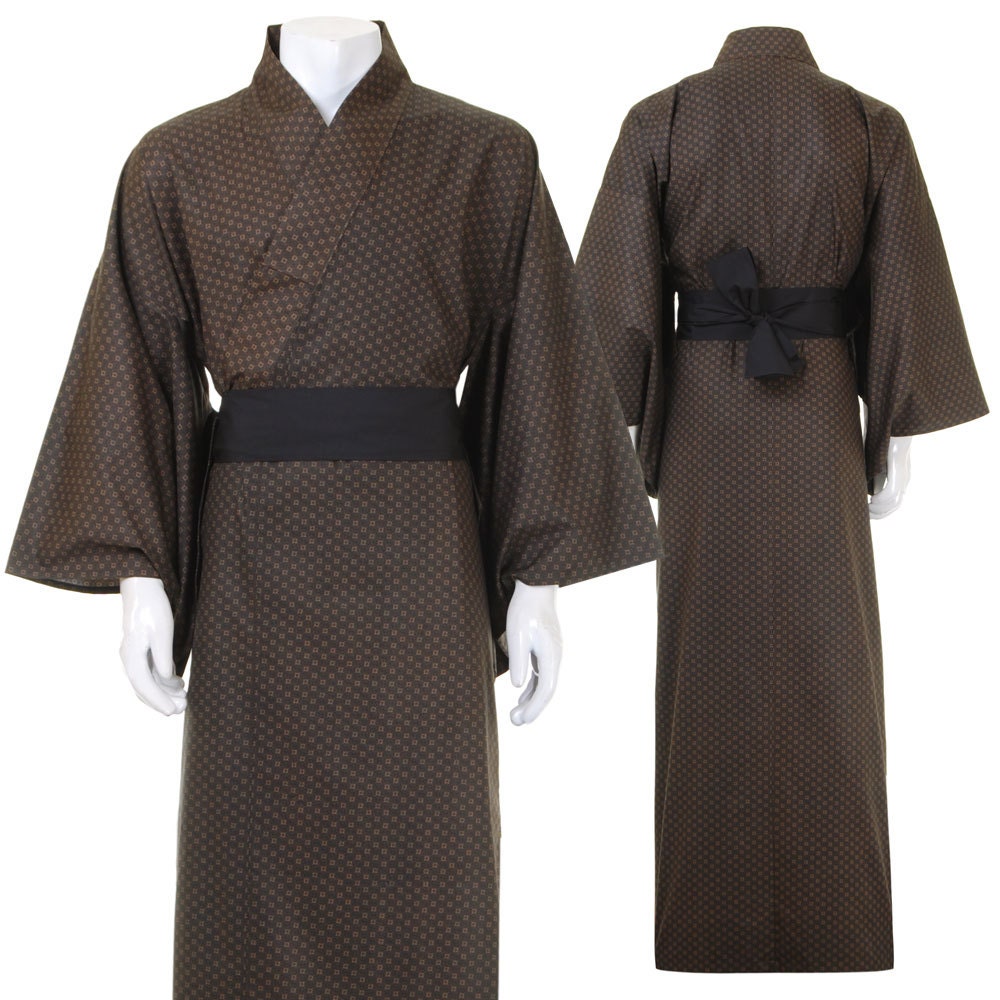
Japanese Men's Yukata Kimono Cotton One Size by
The kimono is a traditional Japanese garment that has been worn for centuries. It is known for its elegant and timeless design, characterized by straight-cut lines, wide sleeves, and a wrap-around style. While the kimono is often associated with women's fashion, there is also a male version that holds its own significance in Japanese culture.
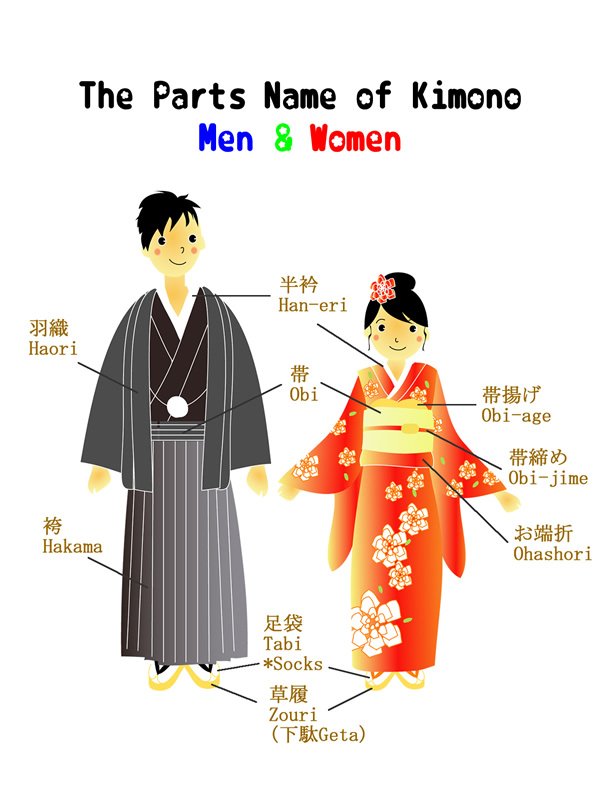
รู้จักโอบิ Obi Kimono & Dress Japan Shop by Wamono
Homongi Iromuji Tsukesage Komon Shiro-muku Iro-uchikake Traditional Japanese clothings for men Montsuki-haorihakama Haorihakama Jinbei Traditional Japanese clothings for women and man Tsumugi Yukata Happi and Hanten Samue Traditional Japanese clothings for boys and girls Accesorries for kimono Clothing Obi Kanzashi Geta and Zori Geta and Zori Bag
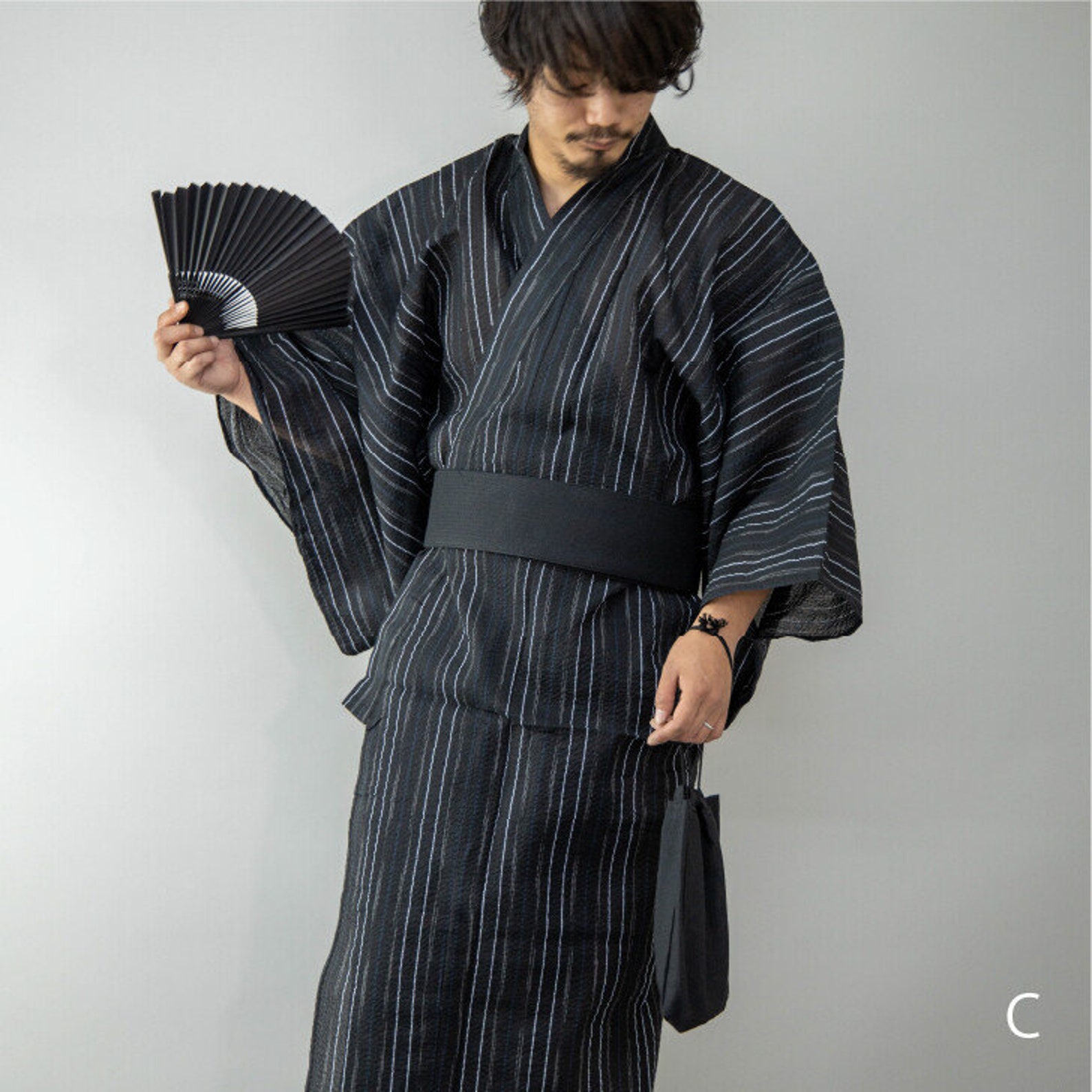
Mens Yukata Robe Yukata Kimono for Men Japanese Kimono Set Etsy
Furisode The first type of kimono falls in the category of formal wear depending upon how long and short the sleeves are. Furisode kimono is worn by young and unmarried women.

What Is A Male Kimono Called? Guide To The Types Of Kimono Robe Men
The Fit of Men's Kimono Fashion. One of the big benefits of our T-shaped kimono robe design is that our pieces do not have shoulder seams. This allows for freedom of movement in the arm and shoulder, so no matter if your man is broad or narrow, the kimono robe will flow effortlessly over his shoulders. Our men's kimono robes come in a few.

men hakama Traditioneller Kimono, Furisode Kimono, Male Kimono, Japanese Kimono Male, Kimono
What is a Kimono? Derived from the words ki ("wear") and mono ("thing"), the kimono is a traditional Japanese garment. Kimonos come in a range of styles and patterns. They are typically hand-sewn into a "T" shape from four single pieces of fabric called tans and tied with an obi, or belt.

Stylish Men S Kimono Mens Kimono Kimono Online
Photo Credit: Shutterstock There Are Differences Between Male & Female Kimonos Men also wear kimonos. However, kimono men styles tend to be more subtle with lesser prints and patterns. Women's kimonos are usually more vibrant and include bright colors like red, purple, orange, and yellow.

Dressed Kimono Parts Names A 각나라 의상
Chemical cleaning should only be done when your kimono is noticeably dirty. If your really need to wash silk kimono, you should take measurements before and after washing it, to see if and how much it shrinks. Only use cold water, and hand wash only. Polyester kimono on the other hand can be put in the washing machine.

Pin on clothing reference
The kimono is one of the symbols of Japan. This traditional type of Japanese clothing dates back to the 5th century and hasn't changed much since then. Basically, it is a T-shaped robe without buttons, which is fixed on the body with an obi belt (帯). The cut and principle of wearing the national dress of Japan are simple, and the richness of materials and the depth of meaning of the patterns.

What Is A Male Kimono Called? Guide To The Types Of Kimono Robe Men
'thing to wear') [a] is a traditional Japanese garment and the national dress of . The kimono is a wrapped-front garment with square sleeves and a rectangular body, and is worn left side wrapped over right, unless the wearer is deceased. The kimono is traditionally worn with a broad sash, called an , and is commonly worn with accessories such as

Kimono Nagoya — Though men’s kimono lack color and pattern in most... Japanese street fashion
Types of Kimono for Men. • Kuromontsuki (黒紋付): "Black (clothing) with family crest." Formal black silk kimono for men, usually with five family crests. • Iromontsuki (色紋付): "Colored (clothing) with family crest." Non-black semi-formal silk kimono for men, with one, three or five family crests. • Omeshi (お召): "Wear."

Men Kimono Kimono yukata market sakura
The backside of a kimono, as labeled clockwise from top-left: Sode-tsuke (袖付): the inner armhole of the kimono. Yuki (裄): the measure of distance from the center seam in the back of the kimono to the sleeve's edge. Fuki (袘): the hem guard at the very bottom of the kimono. Ushiro-migoro (後身頃): the main back panel and opposite of the mae-migoro (mae means front, ushiro means back).